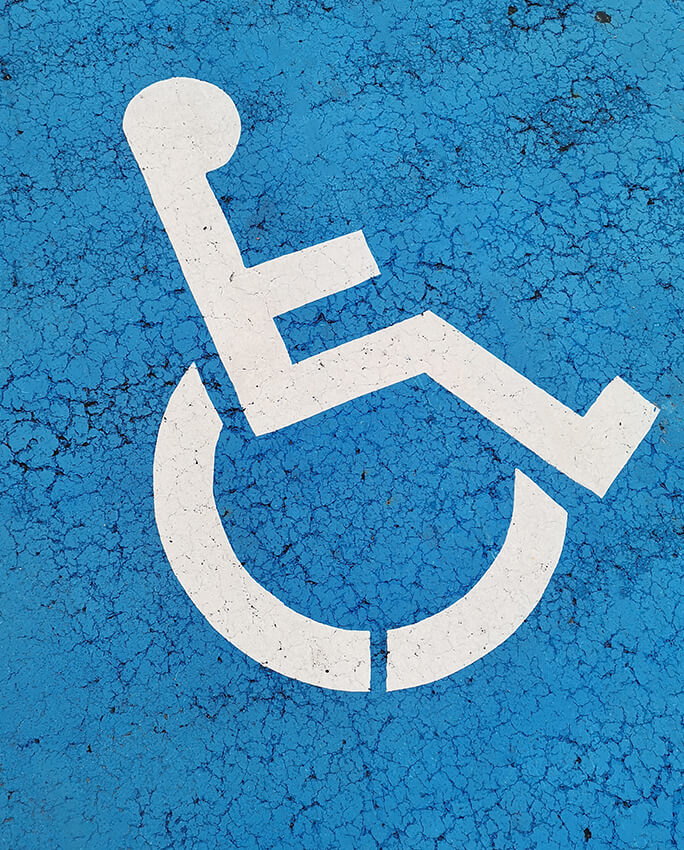 The Americans with Disabilities Act or ADA was put in place to protect people with disabilities from discrimination in a number of ways. The purpose of the act is to make sure that places available to the public, whether they are public or private, do not discriminate against individuals with disabilities. The owners or investors of multifamily properties must be knowledgeable of how ADA rules and regulations apply to their property. Failure to comply with ADA requirements can result in unnecessary lawsuits and monetary penalties. While most are familiar with the ADA, its specific impact in regards to multifamily units is often misunderstood.
The Americans with Disabilities Act or ADA was put in place to protect people with disabilities from discrimination in a number of ways. The purpose of the act is to make sure that places available to the public, whether they are public or private, do not discriminate against individuals with disabilities. The owners or investors of multifamily properties must be knowledgeable of how ADA rules and regulations apply to their property. Failure to comply with ADA requirements can result in unnecessary lawsuits and monetary penalties. While most are familiar with the ADA, its specific impact in regards to multifamily units is often misunderstood.
One of the biggest myths about the ADA among those that own commercial real estate such as apartment buildings, is that the apartment building or unit must have one unit that is ADA accessible. This is not true. In fact, an ADA unit does not exist. However, commercial real estate and other property owners must ensure the common areas of their property meet the ADA requirements. In the example of an apartment complex, ADA guidelines would apply to places of the property such as the leasing office and parking lot. There must be parking spaces that are van accessible with signage clearly indicating the availability of such spaces. Common areas that are available to everyone in the building such as a community or game room must also meet ADA guidelines. Especially if these places are for rent to the public.
While the ADA does not require units to be an ADA unit, the Fair Housing Act does require that buildings having four or more units and that were built after March 13, 1991, be adaptable for disabled residents. Adaptable and accessible do not mean the same thing. A building being adaptable means that it must have certain features which make it easy for a building owner to make the living unit accessible within a short amount of time. An example of an adaptable feature requirement is reinforced walls in the bathroom which allows for a quick and easy installation of grab bars. Other features for accessible living units includes doorways and entrances wide enough to fit a wheelchair. Kitchens and bathrooms must also be wide enough to fit wheelchairs as well. Electrical outlets and light switches need to be accessible.
The department of Housing and Urban Development or HUD produced a Fair Housing Act design manual to assist owners and investors in determining whether their property meets the Fair Housing Act Standards.
Some parts of the ADA directly impact multifamily units. However, the majority of the act is to directly address areas such as parks, hotels and other public places. Title III of the ADA is to ensure that public areas in apartment complexes are accessible to disabled individuals.
Owners and investors of USDA funded subsidized properties must follow certain guidelines if they choose to rehab the property. These rules were established in section 504 of the Rehabilitation Act of 1973. These regulations affect USDA funded properties built during or after 1982. Properties financed by HUD and built after 1988 are affected as well. It is very important to do the due diligence in researching these guidelines as they do not apply to all government subsidized properties.
Adhering to ADA rules and regulations can be a daunting task. Taking the time to do the research and be well informed, will go a long way in ensuring that properties meet the standards. It is better to know ahead of time, especially on a new build what the guidelines are than to find out later, which could lead to costly changes.






